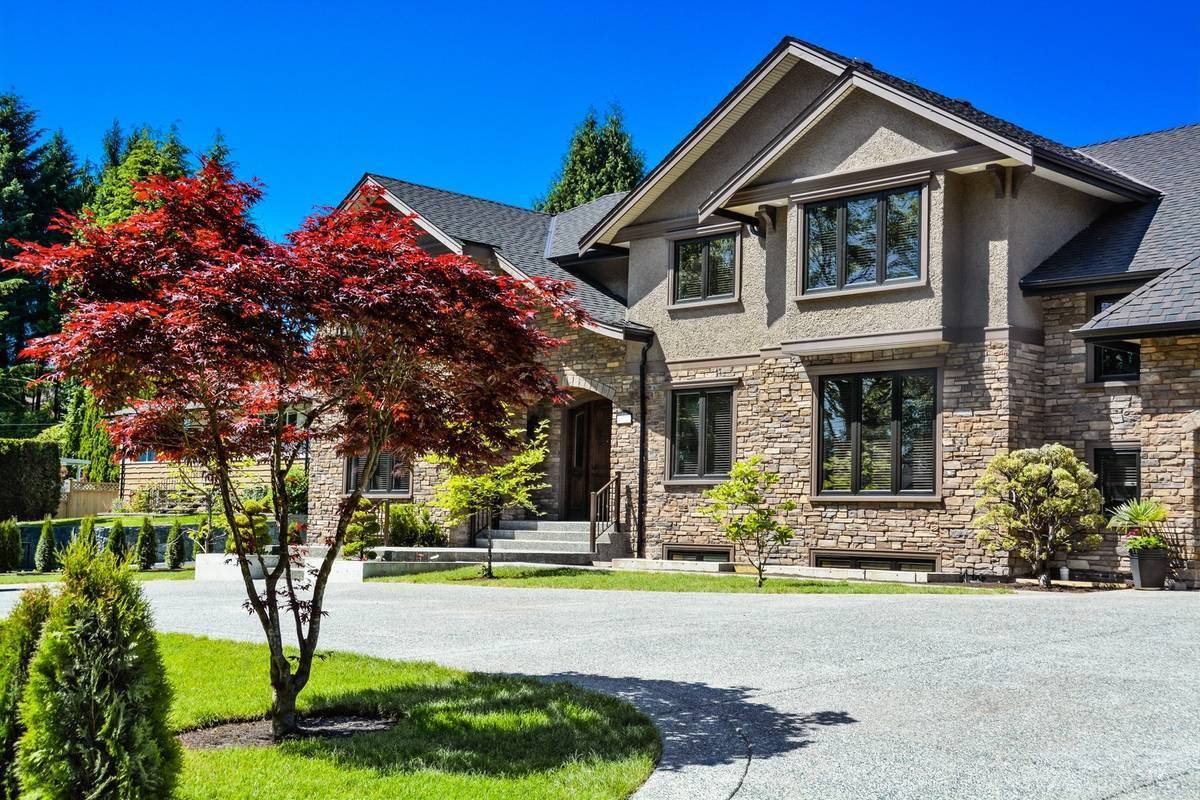
Concrete is a very attractive option for home improvement projects because it is inexpensive, can be installed almost anywhere, and has strong structural qualities when properly reinforced.
But as a responsible global citizen, you might be wondering if concrete is a good choice for your new construction project when considering its environmental impact.
Your Residential Concrete Installation Isn’t a Problem
Almost all human activity has some negative environmental impact. A reasonable goal is to make it so your choices are not destructive long-term in balance with the utility provided by your decisions.
As an example, let’s consider adding a concrete deck or patio to your house: Yes, your initial installation would have an immediate negative impact due to concrete’s manufacturing process, but you won’t be mowing the area that once was grass, saving fuel and emissions.
Realistically, any decision an individual homeowner makes is minimal in the grand scheme of things. The environmental impact of your home improvement project–along with all the other residential installations like home foundations, pools, and concrete walkways–is nothing compared to industrial usage by streets, bridges, skyscrapers, and dams.
Our collective decisions as homeowners do add up, but you should evaluate yours in the context of your environment and the benefits your home improvement will provide. Expanding your outdoor living area may provide the simple–but substantial–benefit of increasing your family’s time together for years to come.
Maintaining a lawn, one-time installing concrete, constructing a wood pergola–even artificial grass and solar panels–all have a short-term or long-term negative environmental impact, so make sure you’re making the best decision for you and your loved ones.
Concrete’s Durability Makes it an Environmentally-Friendly Choice
Reinforced concrete is one of the most durable and versatile building materials. This means that it does not need to be replaced as frequently, reducing the maintenance costs, which is environmentally beneficial long-term.
While other materials can break down when exposed to water, concrete actually strengthens when the moisture reacts with the cement particles. For example, a viaduct in Europe is hundreds of years old, yet it is still just as strong today as when it was built.
Concrete does not rust, rot, or burn. Its long lifespan is environmentally sound because it avoids having to redo your project more frequently, causing waste from a tear down, disposal, and replacement.
Wood constructions, while light and easy to work with, are not as durable and can break down quickly. These issues also add to the overall cost.
Additionally, concrete structures do not release additional greenhouse gasses once the installation process is completed, unlike decaying or burned wood whether or not it’s chemically treated.
Concrete Does Not Retain Much Heat
Said another way, concrete is not a good insulator; it has a very low R-value, a measure of thermal resistance. This trait is considered a positive for a concrete patio, pool deck, or other outdoor living installation.
Concrete is very weather-resistant, which is essential for the longevity of construction projects, and darker-colored construction materials like asphalt absorb more heat than lighter-colored concrete.
The development and spread of urban areas, especially using asphalt and other dark colored materials, can dramatically increase the absorptivity of the surface. This creates urban heat islands, where cities experience higher temperatures than surrounding areas.
U.C. Berkeley
Because concrete is susceptible to the heat from the sun and the cool from the ground, it does expand and contract internally, like most materials.
However, not retaining heat as much as some alternative construction materials makes it more comfortable–thus, enjoyable–for people to use in all weather conditions.
Heat islands are a major problem for the environment and human comfort. Concrete has an important role in reducing heat islands because it reflects light better than other materials.
Concrete Manufacturers are Continually Innovating
You might think the concrete process hasn’t changed over hundreds of years, but that’s just not true.
Not only has the concrete material evolved over time, but also the industry best practices have focused on being more efficient (not making more round trips than necessary) and more effective (not overproducing, causing waste).
Collectively, since 2014, the National Ready Mixed Concrete Association (NRMCA) has reduced its carbon emissions by 13%, and their goal is to reduce concrete carbon emissions by 50% in 2030. (Source)
Granted, almost all of this innovation applies to industrial applications, since that’s where the most impact can be made, but installing concrete will continue to be a solid option (pun intended) even for the environmentally conscious.
According to this video, one of the most exciting advancements is that concrete may actually remove carbon dioxide (CO2) from the atmosphere through a naturally-occurring process, and concrete may be artificially improved so it could even store CO2.
Summary
Any construction activity will have some negative environmental impact. Concrete is a sustainable material and is used in construction projects around the world. Its durability, thermal properties, and versatility are reasons it is considered by many to be more environmentally-friendly than other building materials like timber.
As a bonus, concrete offers many color choices, including integrally colored concrete, and can look like almost any type of material, such as wood, brick, or stone.
